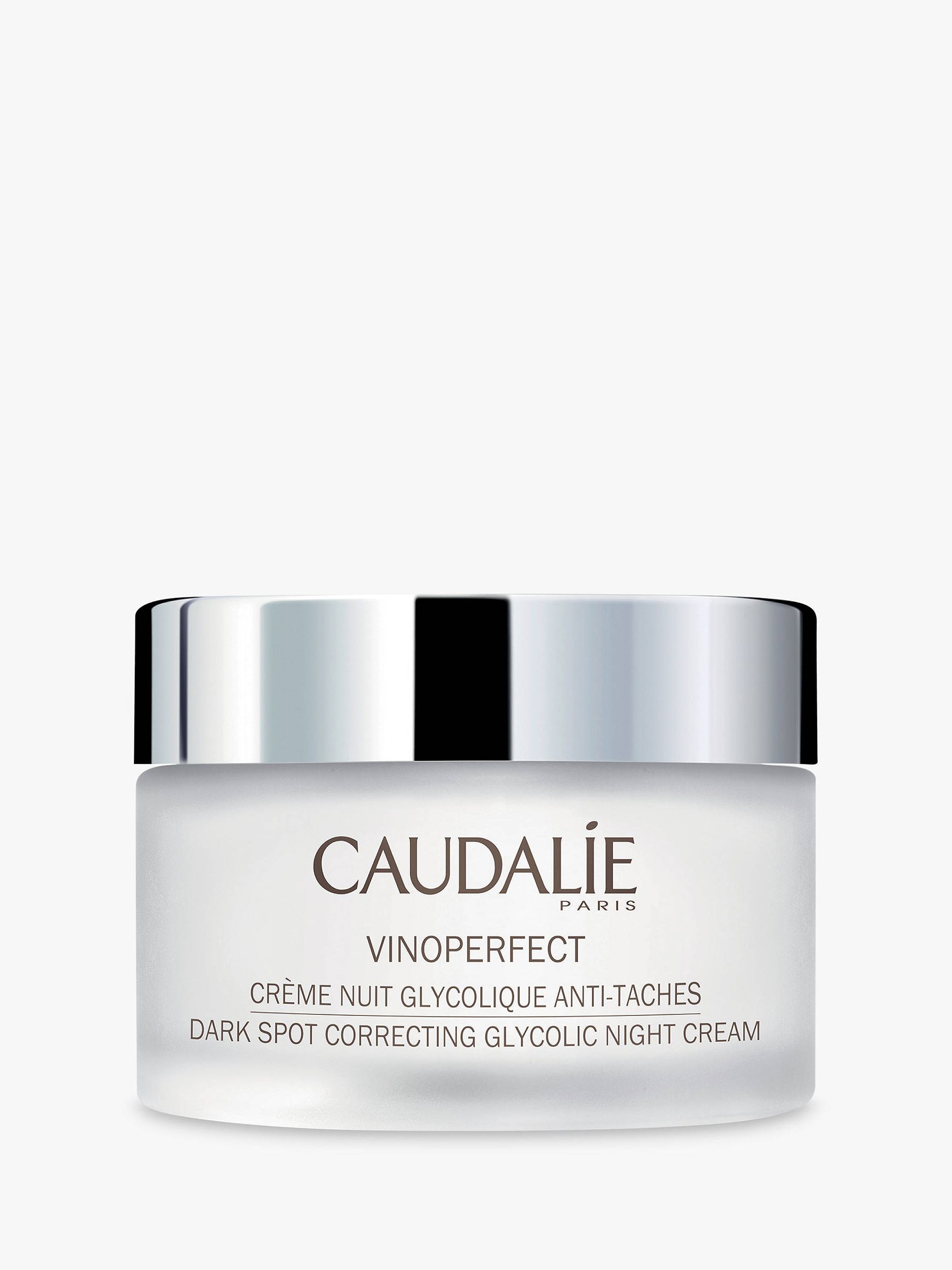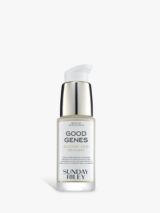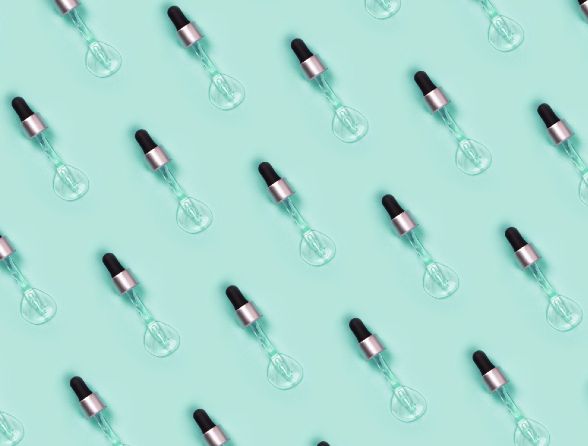We give you the lowdown on the hardest working exfoliating acid around, a beauty ingredient that helps tackle acne, hyperpigmentation, skin dullness and signs of ageing
Known in the beauty industry as the workhorse of exfoliating acids, glycolic acid has become a go-to for treating breakouts and acne. It’s often used when salicylic acid isn’t a strong enough anti-acne deterrent for your complexion or when benzoyl peroxide is just not doing the job. Of course, this all depends on your skin, as when it comes to beauty ingredients, there is no one-size-fits-all solution.
What is glycolic acid and how can it benefit my skin?
‘Glycolic acid is an AHA, or Alpha Hydroxy Acid,’ says Dr Aikaterini Charakida, Consultant Dermatologist and Dermato-Surgeon at EF Medispa. ‘AHAs are organic acids that are naturally produced by sugar cane and certain kinds of fruit. Of the AHAs, glycolic is the simplest in structure and the smallest – it has the lowest molecular weight, which means that it can easily permeate the skin.
‘Water-soluble, glycolic acid exfoliates the outermost dead layer of the dermis and therefore increases luminosity by improving the reflection of light on the skin,’ explains Dr Charakida. This means glycolic acid can be used to treat scarring, skin discoloration and signs of premature ageing, such as fine lines and wrinkles, as well as acne or breakouts.
Key benefits of gylcolic acid are:
- Reduces fine lines and wrinkles
- Evens skin tone
- Minimises appearance of pores
- Fights acne
- Removes dead skin cells
How is glycolic acid applied to the skin?
‘If you’re just starting to incorporate glycolic acid into your skincare regime, I would suggest using a gentle, cleanser to get your skin used to it, rather than diving straight into a leave-on product,’ advises Dr Charakida.
‘Personally, I feel that glycolic acid is most effective when administered as a chemical peel by your cosmetic doctor,’ she continues. ‘They utilise stronger ingredients, which go hand-in-hand with more potent effects.’
When’s the best time to add it in my routine?
‘Apply your glycolic acid after cleansing in the morning,’ says Dr Charakida. ‘Always remember to follow up glycolic acid with sunscreen because it makes your skin more vulnerable to sun damage. If you have sensitive skin, start off with a lower concentration of glycolic acid and slowly work your way up.’
Can glycolic acid be combined with other skin care ingredients?
If you’re introducing glycolic acid into your routine, it may be best – at least at first – to stick to your regular skin care products, as on the whole, skin likes consistency. Once your complexion is used to the glycolic acid, then you can add in other gentle exfoliators, but steer clear of retinol.
‘While glycolic acid can be beneficial in conjunction with other, gentler exfoliators like salicylic acid, when combined with stronger exfoliants like retinol, it can be too strong for most skin types,’ Dr Charakida explains.
Instead, try teaming glycolic acid with hyaluronic acid and vitamin B-infused products, which help nourish the skin and stop it drying out. Dr Charakida also recommends using a daily antioxidant and a high-factor SPF of at least 30.
Is glycolic acid right for my skin type?
Generally, glycolic acid is best for normal, oily or combination skin. Dry, sensitive or irritated skin may not react well to it, so it might be best avoided. If you have dry skin and do want to try it, just ensure you keep your complexion well-moisturised from the outset and go slowly when it comes to percentages. Glycolic acid can make your skin sensitive to sunlight, so if you’re thinking of the seasonal factor, the winter months can work better.
‘Ideally, a skincare specialist or dermatologist would assess your skin first, but this is the case with most skincare ingredients,’ says Dr Charakida. ‘Generally, skin types from very pale skin to dark Asian skin react well to a glycolic acid treatment.’ Darker skin types can use glycolic acid, but it’s best to use lower concentration products and refrain from using it too often, due to the risk of post-use inflammation.
Are there any side effects associated with glycolic acid?
‘I have never seen a severe reaction from glycolic acid,’ says Dr Charakida. ‘It’s very safe, so much so that we can use this active ingredient during pregnancy.’
Another benefit of glycolic acid is that it is immediately neutralised upon contact with water. ‘Not only can you rinse it off if you feel tingling, but even if it penetrates deeply into your skin, it eventually reaches the water in the dermis. There it’s neutralised and won’t go any further,’ she explains.
Anything else I should know?
As we’ve already mentioned, if you’re using glycolic acid it’s really important to wear a broad-spectrum SPF in the morning and reapply it throughout the day. ‘Glycolic acid can make your skin photosensitive over time, so it can enhance the damaging effects of UV light,’ explains Dr Charakida.
What results can I expect?
‘Using serums that contain glycolic acid over a period of time can have a visible impact on the overall health of your skin,’ Dr Charakida says. ‘Glycolic acid will visibly tackle hyperpigmentation, dullness, and signs of skin aging, such as lines and wrinkles.’













